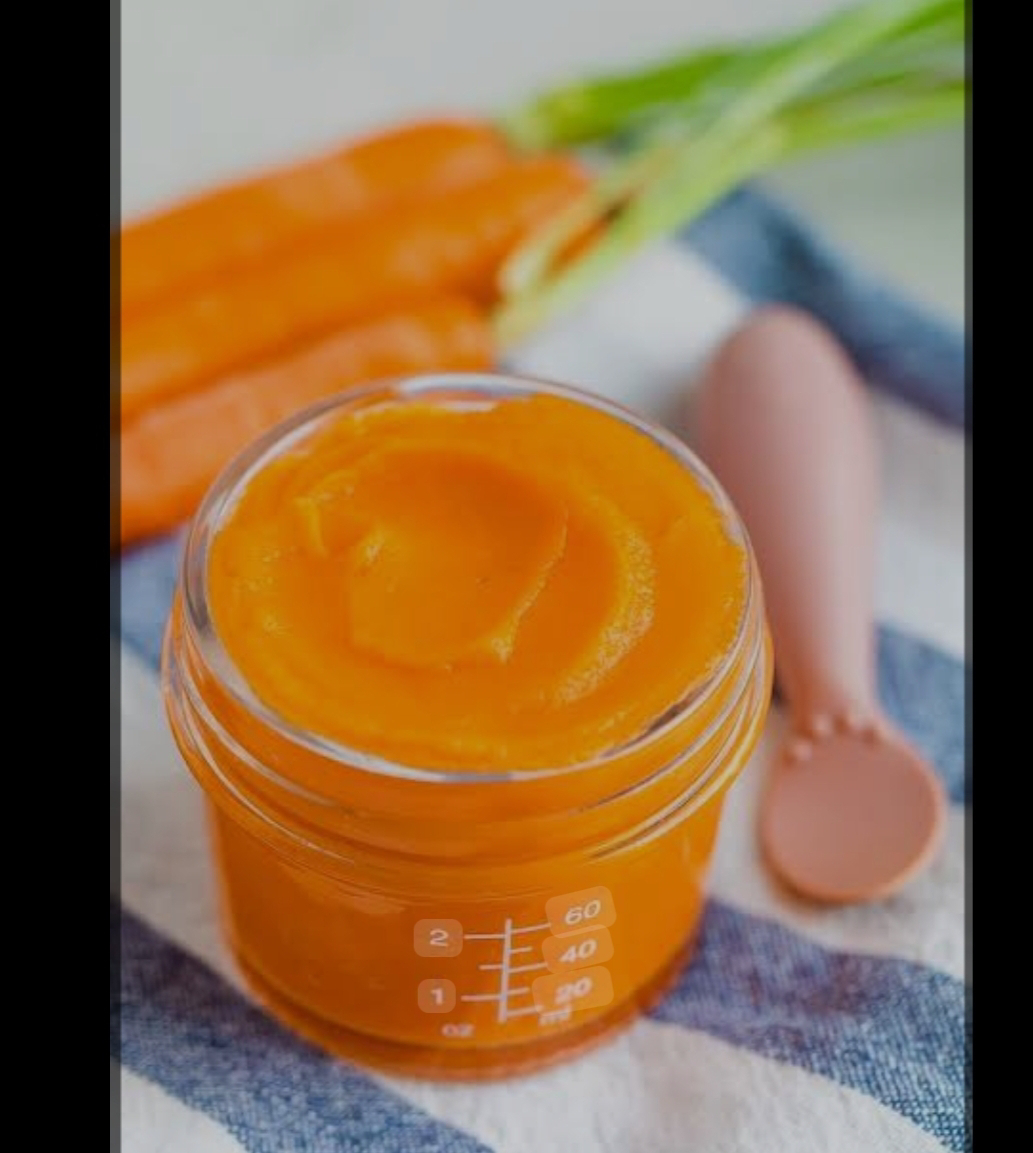Essential Guide: What to Feed Your Baby from Birth to 6 Months.
Feeding Your Baby from Birth to one Years: A Guide for Parents
Feeding your child in the first two years of life is one of the most important things you can do to help them grow strong and healthy. This period is when babies’ nutritional needs are rapidly changing, so it's important to know what, when, and how to feed them at every stage. Here’s a simple guide to help you navigate feeding your little one from birth to two years of age.
0 to 6 Months: Breast Milk
For the first six months, breast milk is the best option for your baby. It's packed with all the nutrients they need, including antibodies that help fight infections. If you can breastfeed, it’s recommended to do so exclusively for the first six months.
The best alternate to breast feeding is Desi cow milk. Desi cow milk is easy to digest,provides the baby with diverse and git friendly microbes, along with essential vitamins, minerals and proteins.
Note: You need to dilute Desi cow milk with water and if possible go get your hands on this precious Ayurvedic herb called vavding or 'false pepper'. Which will be very useful for digestion and provides relief from gas in colicky kids. Ask your grandma benefits of this little gem, and do thanks me later:)
What to feed:
Breast milk or Desi cow milk (whether you're breastfeeding or bottle-feeding).
How often to feed:
Babies this young need to eat frequently, about every 2-3 hours. This could mean 8-12 feedings a day. Their tummies are tiny, so they need small but frequent meals.
Signs of hunger:
Sucking on their hands or fingers.
Smacking lips.
Turning their head towards the breast or bottle.
Crying (although crying is often a late sign of hunger).
When to introduce a bottle:
If you’re breastfeeding and plan to return to work or need to be away from your baby, you can introduce a bottle around 4-6 weeks. This gives your baby time to get used to it, but it’s important not to replace breastfeeding too soon.
Pro tip: If you can avoid those plastic bottles no matter how many claims they make to convince you, believe me you are doing really a great favor on your tiny tots.
Instead get this silver or brass utensil specifically used for babies in India called bondla or paladai.
However you can even opt for Stainless Steel or glass bottles which are easily available these days. Even I personally used Stainless Steel bottle for my kids after 4 months which was very convenient and a boon for me.
6 to 12 Months: Introducing Solids
At around six months, babies are ready to start exploring solid foods. Breast milk or formula should still be the main source of nutrition, but solids can be introduced as complementary foods.
What to feed:
Start with single-ingredient, pureed foods like rice cereal, mashed bananas, pureed vegetables (carrots, sweet potatoes), or fruits (apples, pears).
Gradually introduce a variety of foods such as oatmeal, rice porridge, lentils soup and mashed or finely chopped foods.
Offer protein-rich foods like pureed meats or lentils around 8 months.
Rice Porridge: Why rice? Well, simple because it's easy on stomach and light to digest. More important it has resistant starch that works as a prebiotic, which is food for prebiotic or good bacteria. It is this time when baby's little gut begins to bloom. Then why not give them this fuel which is easy to cook,easy to digest and great to taste, just add a spoonful of Desi ghee and serve your little one with this magical grain.
Note: You can also use ragi porridge instead of rice. The key is to make both into a thin slurry, not watery. As the child gets used to this add dal ka Pani instead of water to make it more nutrient dense.
Banana: Again a prebiotic and a complete meal by itself. Especially if the baby is travelling. One of the fist finger foods which I used to give my kids.
Mash the banana as much as you need with clean fingers or with the help of a spoon and bowl l. Please do not use any plastic cutlery or utensil to feed your child.
Be gentle and do not force your child to finish the full banana. Let them have as much as they want be patient and just go with the flow.
How often to feed:
Start with one meal a day and increase to 2-3 meals as your baby gets used to solids.
Keep breastfeeding or formula feeding (about 3-4 times a day) alongside solids.
When to introduce finger foods:
Around 8-9 months, babies often develop the skill to pick up small pieces of food with their fingers. Try offering soft finger foods like small pieces of banana, soft cooked carrots, or small pieces of bread.
Signs your baby is ready for solids:
Can sit up with little or no support.
Shows interest in food and tries to grab food.
Can move food to the back of their mouth and swallow.
Final thoughts:
The first two years of a baby’s life are full of exciting milestones, and feeding them properly is one of the most important ways to ensure their healthy growth and development. Remember to be patient and flexible—every baby is different and might reach feeding milestones at their own pace. By introducing a variety of nutritious foods and continuing to offer milk, you’re setting them up for a lifetime of healthy eating habits.
Disclaimer: Always consult with your pediatrician about your child’s specific dietary needs.











Comments
Post a Comment